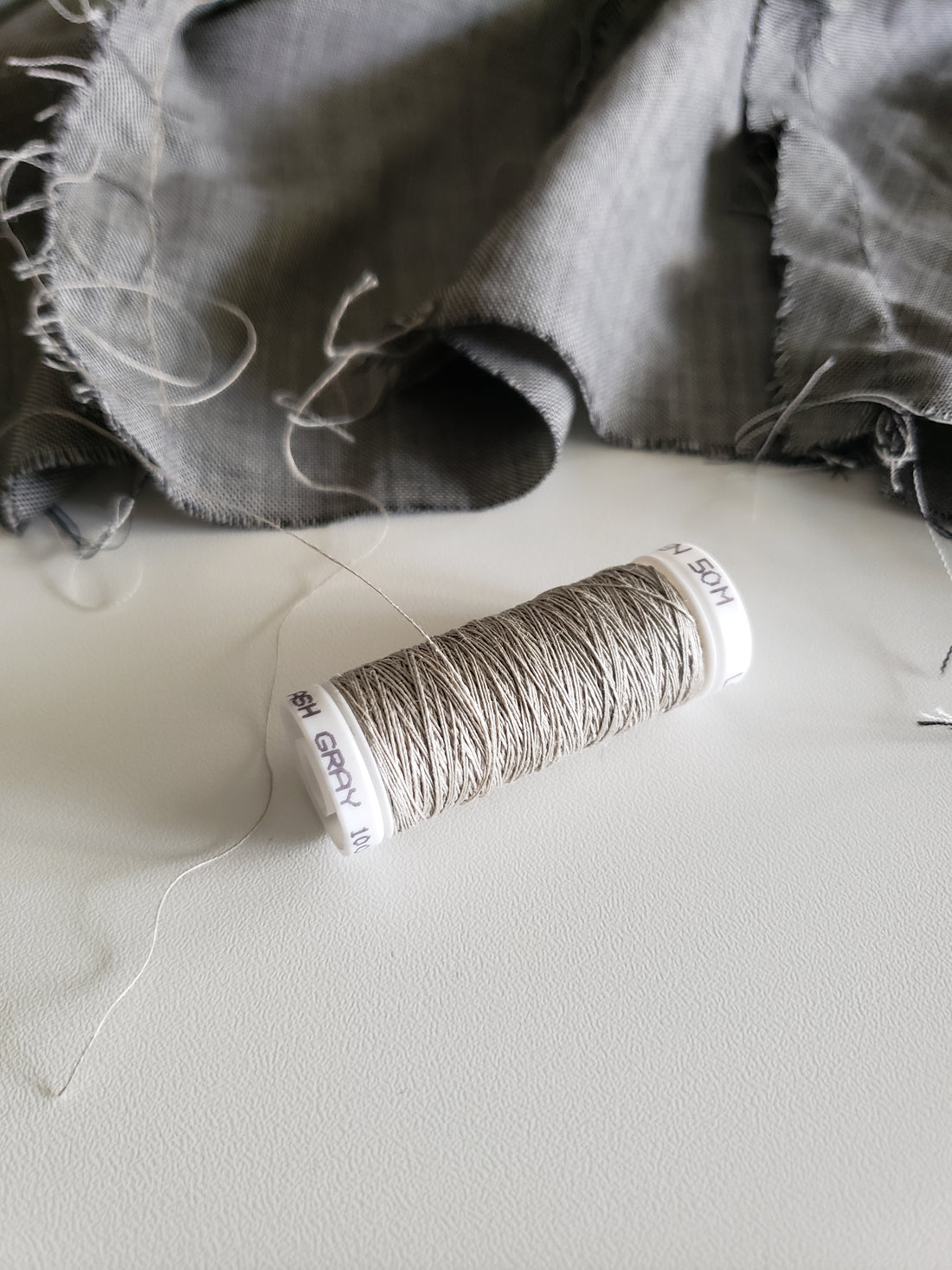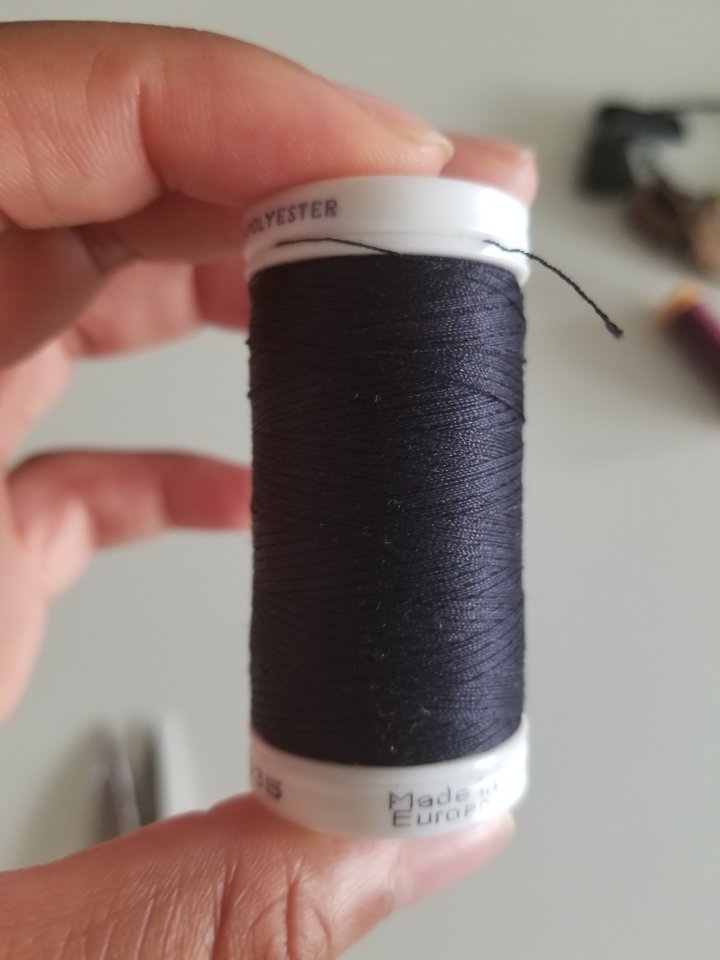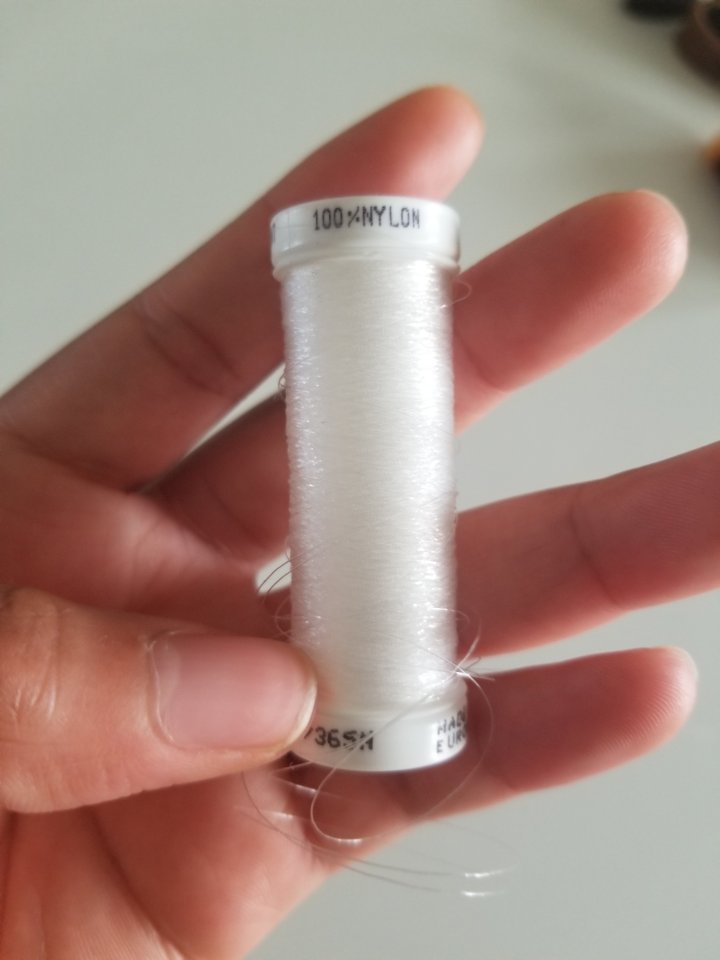
Hand-Sewing 101: Choosing the Right Thread
Share
Hey there reader and welcome to this section of the blog where we discuss all things handsewing. Today we're discussing how important thread is to a garment and what type to choose for a specific project. Thread is the thing that binds our garments together, so naturally choosing the right kind is important when it comes to quality and longevity of what you're making. Read below for more information on choosing thread!
ISN'T ALL THREAD THE SAME?
There are so many different kinds of thread out there just as much as there are different fibers/fabrics.
Thread corresponds to different fabrics depending on fiber content and weight or ply. Basically what that means is that there is a thread for any fabric. The modern sewist is used to the more popular polyester thread found in most craft stores which is a very universal and durable option for most clothing, especially machine sewing. However there are several types of thread that can be used for a variety of garments when hand-sewing comes into play. Let's get into this more.
A BRIEF HISTORY OF THREAD
Long ago thread was made from animal skins cut into long strips, however later on civilizations grew to utilizing hair and plant fibers and instituting methods of spinning these fibers into what we now know as thread for sewing garments. One of the oldest fibers used for thread was cotton which was used along with, you guessed it, cotton fabric. The primary reason for this was that the thread was able to age and shrink along with the fabric when washed and not cause puckering or damage to garments. Also with ancient origin, silk thread was used in Chinese and Japanese societies to sew beautiful garments made from silk fabric. Colorful and delicate, this type of thread enhanced the beauty of garments and was also used in other cultures for creating handsewn button holes that appeared visible on garments.
A more cost efficient and durable option, polyester thread got its start later during the 1900s. Being an option that did not shrink, it was able to work along with virtually any fabric, and could stand up to the strength of industrial grade sewing machines of that time. Polyester and nylon thread are more familiar to the modern apparel sewist and are used frequently with machine sewing.
CORRESPONDING YOUR THREAD TO YOUR GARMENT
Please note that there is no hard pressed rule for choosing thread for a project. Choice of thread depends on the preference of the sewist and the garment they are sewing. This guide is merely an outline of suggested threads to use for specific fabrics/fibers and projects. The following guide begins with natural fibers first.
Cotton Thread
A plant based thread, cotton thread can be used along with other plant based fibers like cotton, linen and the occasional rayon. These types of fabrics can shrink when washed and thus require a corresponding thread that will shrink and age with the fibers. Cotton thread tends to tangle naturally depending on the length used when handsewing a project so some wax may help to coat the thread when handsewing. This thread is very strong however in comparison to poly thread may be a little weaker.

Linen Thread
Linen thread is used primarily for embroidery but works great for handsewing when mixed with linen fabrics. As linen is plant based it will age well with other primarily plant based fabrics, especially linen.
TIP: Linen thread comes in various sizes, the size you decide to use depends on the type of garment or project you will be making. Reading sizing for linen thread goes like this: the smaller the first number (the number before the slash "/") the larger the thread size. The number after the "/" refers to the ply of the thread (usually 2 or 3). Ply is how many layers of thread are spun around itself and this number will also affect the strength of the thread. Think of it like toilet paper, 2 ply will be stronger than 1 ply. 80/3 is the most common size used in linen thread for general sewing purposes, but if a finer thread is desired 100/3 may be a good option as well. Linen thread can unravel or shred depending on how often it is pulled through the fabric so it should always be waxed before use when handsewing.
Silk Thread
Used when sewing more visible areas of a garment as it is delicate and rich in color. Generally used for handsewn buttonholes, decorative finishings and embroidery. Silk thread can be used on a combination of fabrics however it should be noted that as it is meant for decoration or ornamental you may not want to use low quality fabric along with this thread.

Wool Thread
Wool thread is finely spun thus producing a smooth and durable thread. Because of the way it is spun, it resists fraying and has a smooth easy texture. Versatile and strong in its use, wool thread has been used from hand embroidery to machine sewing and is an excellent hand sewing option. Because of its soft texture and ply it can come apart when pulled too tightly so depending on the brand, be careful when manipulating. While not too commonly used today

Polyester and Nylon Thread
Poly thread can be used on a variety of projects as polyester is pretty universal. It does not shrink, and if using natural fabric/fibers the thread will outlast the fabric as polyester is not biodegradable, making it arguably more or less sustainable. Polyester can stretch with fabrics that have stretch and is very durable in that it does not break easily. Poly thread comes in a variety of colors for any project. Nylon thread can be transparent allowing for invisible stitches, however it is very slippery and not the easiest to hand-sew with. Synthetic threads such as polyester and nylon have become preferred options among sewists in modern day, and are used for hand-sewing, machine sewing and quilting.
As you can see, choosing the right thread for a garment is very important to the life and maintenance of your handmade apparel. While polyester thread is long lasting and durable its synthetic material may not work for every project as it will not age along with the garment or match its properties, thus it is important to choose the best natural fiber thread depending on your fabric.
Thanks for reading!
Alexis



